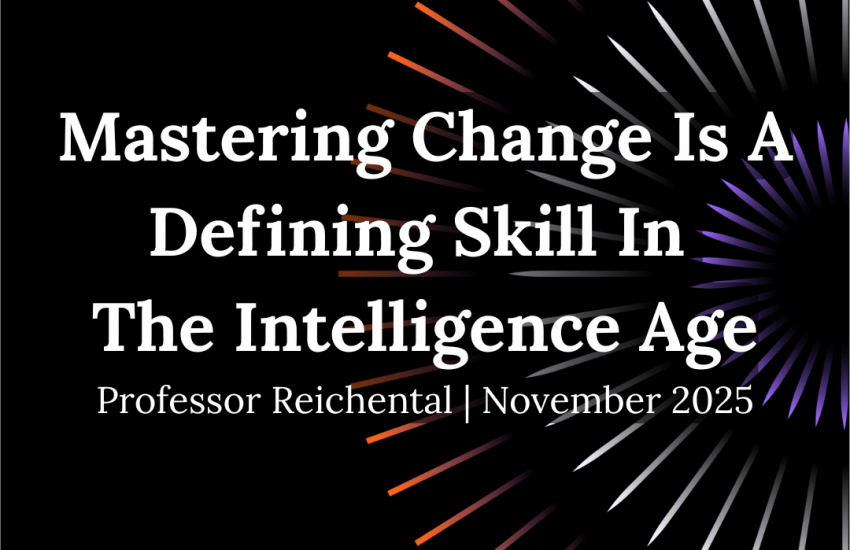Why digital abundance may be good for quality
If you’re reading this blog entry then you’ve made an important decision. You’ve decided that among all the different ways you could spend your time, reading my blog is a worthwhile option. So, in the same way those in the airline business do, I say to you: we know you had a choice of blogs to read today, so thank you for choosing to read my blog.
We’ll come back to this thought in just a moment.
Classic economics deals with demand in the face of scarcity. In business school it is pounded into you that price is a function of the demand for something relative to its supply. In the digital arena of consumer-produced (largely free) content, these principles have been knocked on their head: scarcity has become abundance. Supply massively outweighs demand. The price, in this case, becomes the opportunity cost. With so much supply, we can only consume so much and, therefore, must sacrifice something in favor of another. Competition for our limited mental capacity has created a new economy: the attention economy. For example, with thousands of blogs to read and a finite amount of hours in the day it is simply not possible to consume but the smallest, most trivial amount of content. Might this partly explain the popularity of Twitter: that the short bursts of content from multiple sources provides an illusion of editorial breadth and depth?
Ok, so having more choices is not new; there have always been more newspapers or more movies to watch than any one individual could ever get to in a given period. What makes our choices infinitely more complex is the magnitude of choices. Today we can get our news from thousands of sources. The entry barriers to content creation have largely been eliminated resulting in the ability for each of us to be a printing press or movie director.
So what?
A popular argument is that more content doesn’t mean better content. It may just mean lots of really bad content. That is often largely true: lots of videos of beer pong tricks are often nothing more than a collection of bad videos of beer pong tricks. But it’s not an argument that can be used to prove that digital abundance is the same as digital waste. I propose that the same market forces are at play that helps individuals make choices: collectively a large group will review and surface the things they like and relegate the things they don’t to the far end of the long tail. For content to emerge above all the noise requires a type of pseudo-Darwinian selection. Further, I argue that abundance may in fact improve quality of content. Sure, in an economy of abundance there will be a lot of videos of cats playing the piano, but among the volume of garbage there will be a handful that will be quite good. And if you’re a person who finds cats playing pianos funny, that’s a good thing.
If you are a creator of digital content, you still need to create content people want. And that means you need to innovate to stand out. You need to produce quality–defined in so many different ways–and add value for the consumer. In an economy of digital abundance, innovation is king.
If you’ve reached this far in my blog, again I thank you. You had a lot of choices and for some reason; you chose to read my blog. In an environment of millions of blogs and many other choices of how to spend your time, you chose to spend it here. And that proves in some small way that the ease at which one can create bad content hasn’t resulted in a dearth of digital content of value to you.

